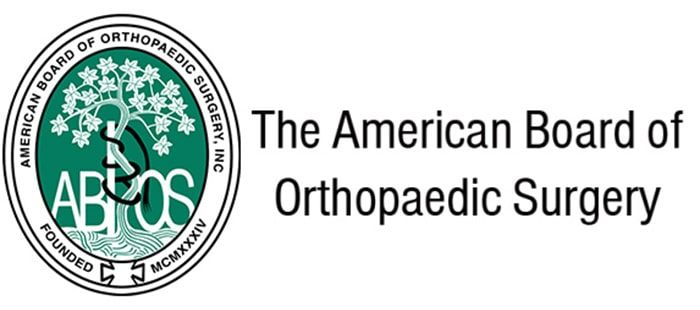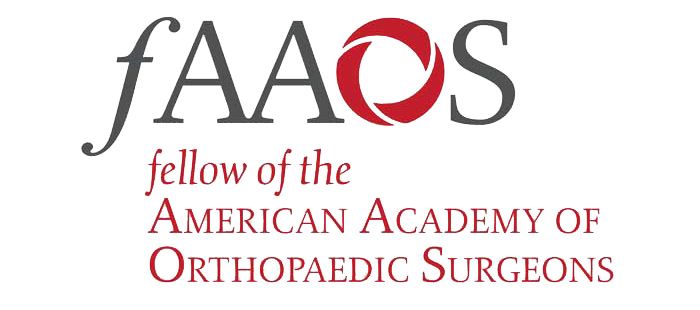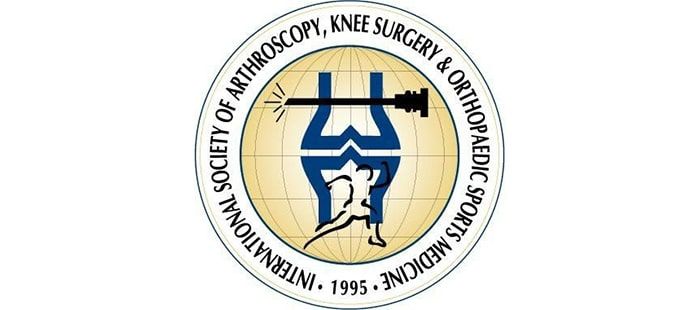Reverse shoulder replacement is an innovative and effective alternative to traditional surgeries of this type. Painful shoulders are often the result of injury, arthritis, or other afflictions resulting in a damaged rotator cuff. When that damage becomes severe enough, traditional approaches may not be possible. In these cases, it’s necessary to replace and reengineer the shoulder to restore stability and function.
Understanding Reverse Shoulder Replacement
There’s a common belief that traditional shoulder replacements are painful and often ineffective. This is not true today. This belief stems from the fact that older shoulder replacements were often used in cases where they were not appropriate. In many cases, the rotator cuff would have degraded too far to be addressed using this approach. This led to the development of the reverse shoulder replacement procedure. Dr. Costouros was one of the first surgeons in the United States to offer this procedure to his patients. It was developed in Europe approximately 15 years prior the FDA approval in the United States in 2004. In this procedure, the physician swaps the natural position of the ball and socket in the shoulder. This is a superior option for many patients with conditions such as:
- Torn and irreparable rotator cuffs
- Severe shoulder arthritis with significant bony deformity
- Severe shoulder fractures that cannot be otherwise repaired
- Existing shoulder replacements that have failed
- Severe rheumatoid arthritis
- Advanced Osteoarthritis
Shoulder replacements are performed less frequently than knee and hip replacements. This is changing, however, thanks to the reversed shoulder replacement procedure. This approach has been able to relieve shoulder pain for conditions that are unable to be adequately addressed using the anatomical approach. Today, more patients undergo reverse total shoulder replacement than standard “anatomic” replacement due to the fact that reverse shoulder replacement is able to treat a more broad range of problems.
This type of shoulder replacement has the benefit of being less invasive than a knee or hip replacement. Performing the procedure requires only a small incision on the “anterior” or front part of the shoulder. The postoperative pain reported by patients is minimal, and most patients are able to be discharged as outpatients on the day of surgery. Physical therapy is an essential element of the healing process and must be kept to consistently for the best results. In most cases, patients receiving this treatment are able to resume their normal activities within 4-6 months without significant restriction.
Most shoulder replacements last a lifetime unless that are abused. Anyone who has been diagnosed with shoulder arthritis and hasn’t experienced meaningful relief with less invasive methods should seek a consultation. The results experienced by those receiving the procedure are difficult to argue with. Patients routinely benefit from elimination of pain and improved range of motion and function with a greatly enhanced quality of life.
While rare, the following complications are sometimes reported with this procedure:
- The two parts of the prosthesis become dislocated.
- Infection can occur rarely following surgery, requiring antibiotics.
- Nerve injuries can sometimes occur, although generally temporary.
Thankfully, all of these concerns can often be easily addressed with a return to your joint specialist.
Speak To Your Joint Specialist Today
Anyone who has been diagnosed with shoulder arthritis and hasn’t experienced meaningful relief with less invasive methods should seek a consultation. The results experienced by those receiving the procedure are difficult to argue with. Reduction or total relief from pain, increased mobility, and a greatly enhanced quality of life are commonly reported by those receiving a reverse shoulder replacement. If you’re living with persistent shoulder pain, it’s time to seek a consultation with a professional. You may find that you’re just one treatment away from setting foot on the road to a life free from shoulder pain.




